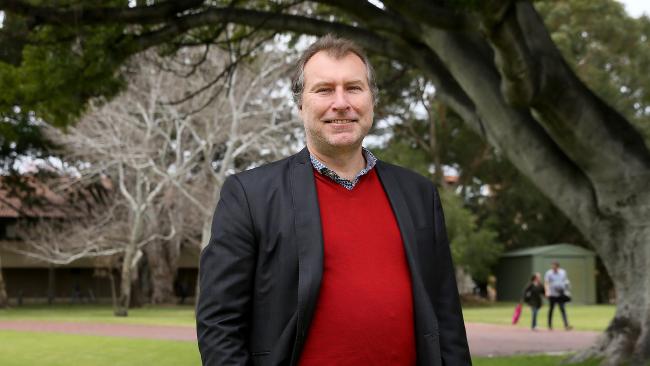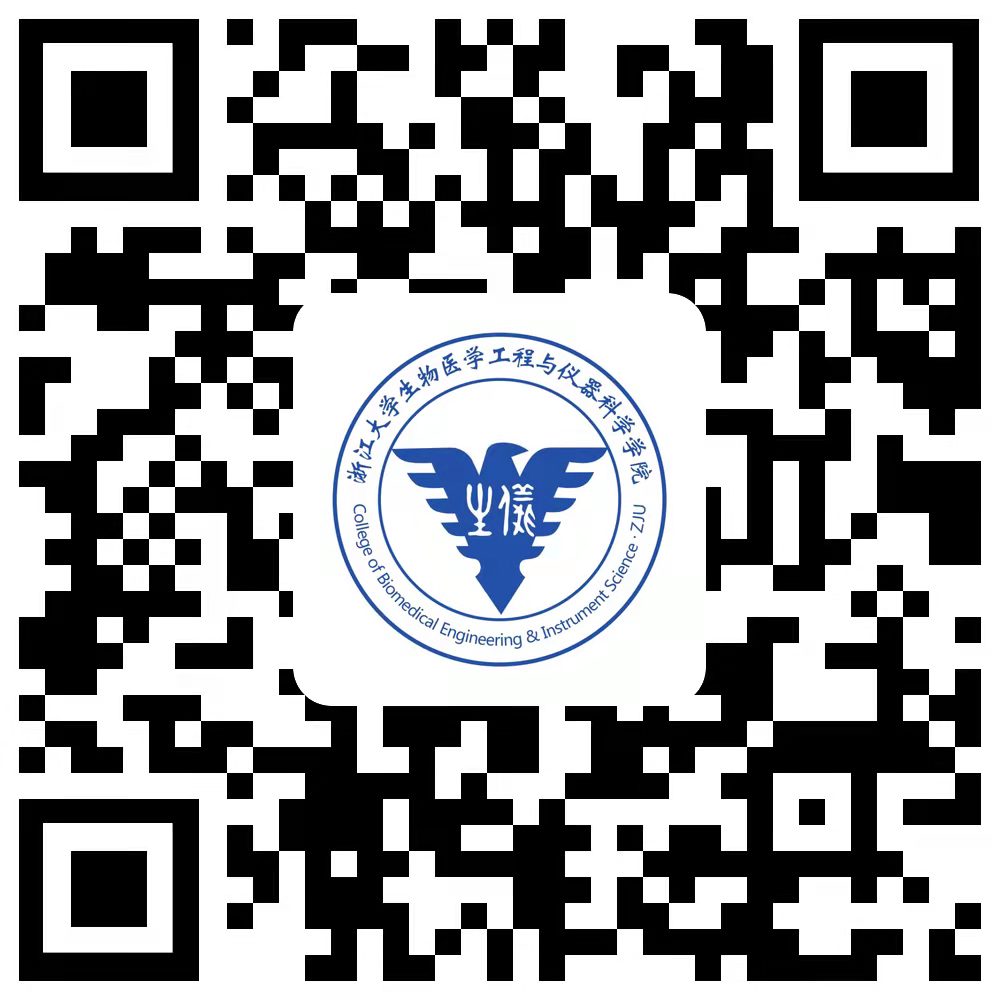议 题:Computational biomechanics for medicine: Success stories
from neurosurgery planning and vascular engineering
报告人:Karol Miller 教授
邀请人:周泓 教授
时 间:2018年11月9日(周五)下午15:00-16:30
地 点:周亦卿大楼二楼会议室
Biography:
Karol Miller studied Applied Mechanics and received a PhD in Robotics from Warsaw University of Technology in 1994, and Doctorate of Science (Habilitation) in Biomechanics from the Polish Academy of Sciences in 2003. He has been with UWA for over twenty years. In 2002 he established the Intelligent Systems for Medicine Laboratory. ISML’s mission is to work towards improving clinical outcomes through appropriate use of technology. It runs exciting research projects funded by the Australian Research Council, the National Health and Medical Research Council (Australia), the National Institute of Health (USA) and other national and international agencies. The overall objective of his research is to help creating methods and tools which will enable a new exciting era of personalised medicine. He is best known for his work on biomechanics of soft tissues. His current research interests include computational biomechanics for medicine and numerical methods, with applications to surgical simulation, image-guided surgery and, surprise, geomechanics. His research and teaching have been recognised by multiple awards, including the Humboldt Research Award, NVIDIA GPU Computing Champion Award, the Simulation Industry Association Australia Award, the Sir Charles Julius Medal, the Polish Prime Minister Award, the UWA Faculty of Engineering Computing and Mathematics Teaching Award and the UWA Student Guild Choice Award. Karol is a member of National Health and Medical Research Council panel for medical technology and of Australian Research Council College of Experts. He is also Associate Editor of Annals of Biomedical Engineering and International Journal for Numerical Methods in Biomedical Engineering.
Abstract:
Mathematical modelling and computer simulation have proved tremendously successful in engineering. One of the greatest challenges for mechanists is to extend the success of computational mechanics to fields outside traditional engineering, in particular to biology, biomedical sciences, and medicine. By extending the surgeon’s ability to plan and carry out surgical interventions more accurately and with less trauma, Computer-Integrated Surgery (CIS) systems could help to improve clinical outcomes and the efficiency of health care delivery. CIS systems could have a similar impact on surgery to that long since realized in Computer-Integrated Manufacturing (CIM).
In this lecture I will demonstrate how computational mechanics can be used to improve patient outcomes in brain and vascular surgery. I will showcase two successful applications, one about using computational models as an aid for neuronavigation in brain tumour and epileptic seizure onset zone removal procedures and another about abdominal aortic aneurysm (AAA) rupture risk prediction.
I will conclude with suggestions for the future developments in the field and a vision for a new era of personalised medicine based on patient-specific scientific computations.

 地址:杭州市浙大路38号 德赢AC米兰中国官方网站玉泉校区周亦卿科技大楼
地址:杭州市浙大路38号 德赢AC米兰中国官方网站玉泉校区周亦卿科技大楼
 电话:0571-87951086
电话:0571-87951086
 邮编:310027
邮编:310027